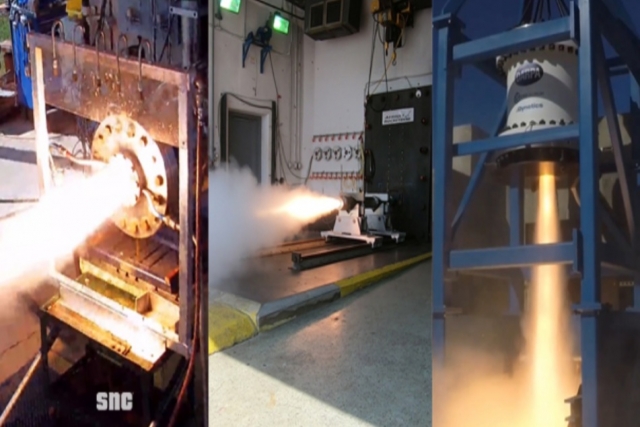DARPA Completes Preliminary Design Review of Ground-launched Hypersonic Weapon's Booster

DARPA has completed preliminary design review of a new ground-launched hypersonic weapons system being developed under Operational Fires (OpFires) program.
OpFires aims to develop and demonstrate a ground-launched hypersonic weapon system to engage critical, time-sensitive targets in contested environments.
“US ground-based forces currently are limited in effective range of surface-to-surface precision fires. The goal for OpFires is to provide the combatant commander with options in force deployment, and allow persistent standoff from unpredictable land-launch positions,” said Maj. Amber Walker (US Army), program manager for OpFires in the Tactical Technology Office.
“The envisioned ‘tuneable’ propulsion system could offer mission flexibility for ground-to-ground tactical missiles," Walker added.
The first two phases of the program focus on the propulsion technologies required to deliver diverse payloads a variety of ranges.
Since Phase 1 contract awards last fall, Aerojet Rocketdyne, Exquadrum, and Sierra Nevada Corporation (SNC) have made critical discoveries in advanced rocket motor technology for the OpFires upper stage, completing more than 30 motor trials from subscale through full size. These advances put the program on track for booster critical design review in late 2020.
Exquadrum completed a full-scale, full-duration test fire Sept. 19, which marked the performer’s culminating event for Phase 1. SNC has targeted October to complete its Phase 1 testing, and Aerojet Rocketdyne completed six subscale tests in August. Development activities will continue under Phase 2, which will culminate with multiple hot/static fires targeted for late 2020.
DARPA anticipates awards later this year for the third phase of the OpFires program, which aims to develop an operational system design leveraging propulsion systems concepts developed under the first two phases of the program. Phase 3 will conclude with integrated end-to-end flight tests to begin in 2022.









